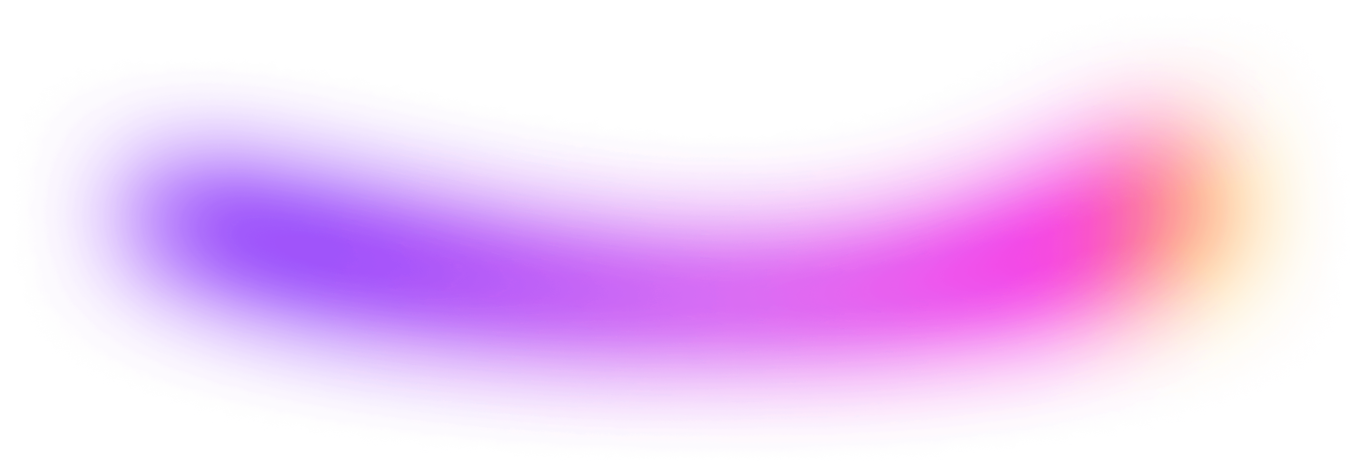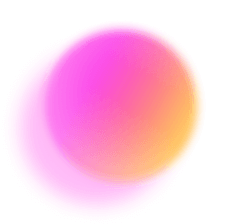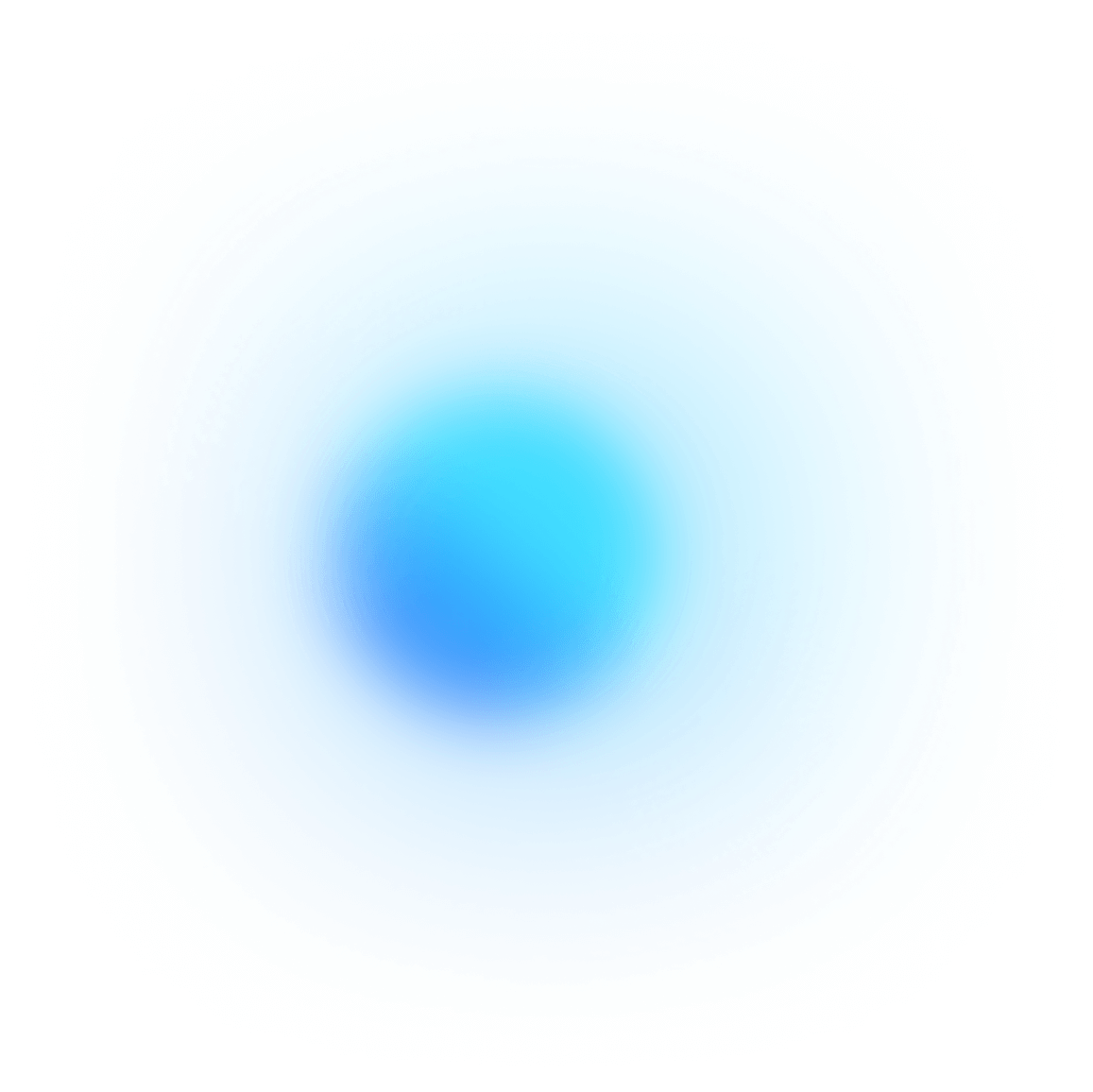Are you ready to make big changes in your organization, but don't know where to begin? Change management can be an intimidating process; there are so many different pieces of the puzzle from monitoring stakeholders and developing plans of action to implementing protocols and tracking progress. It's all too easy to get overwhelmed when tackling larger initiatives with a broad impact.
Yet the potential benefits—such as increased efficiency, improved morale, and greater success— mean that having a solid change management plan is key for any organization seeking sustained growth. Read on to learn what goes into an effective change management plan and explore how you can use one to maximize successful outcomes as your organization transitions between phases. Plus, you'll see how technology solutions such as the change management plan template in ClickUp can make the process even more efficient and effective!

.png)






